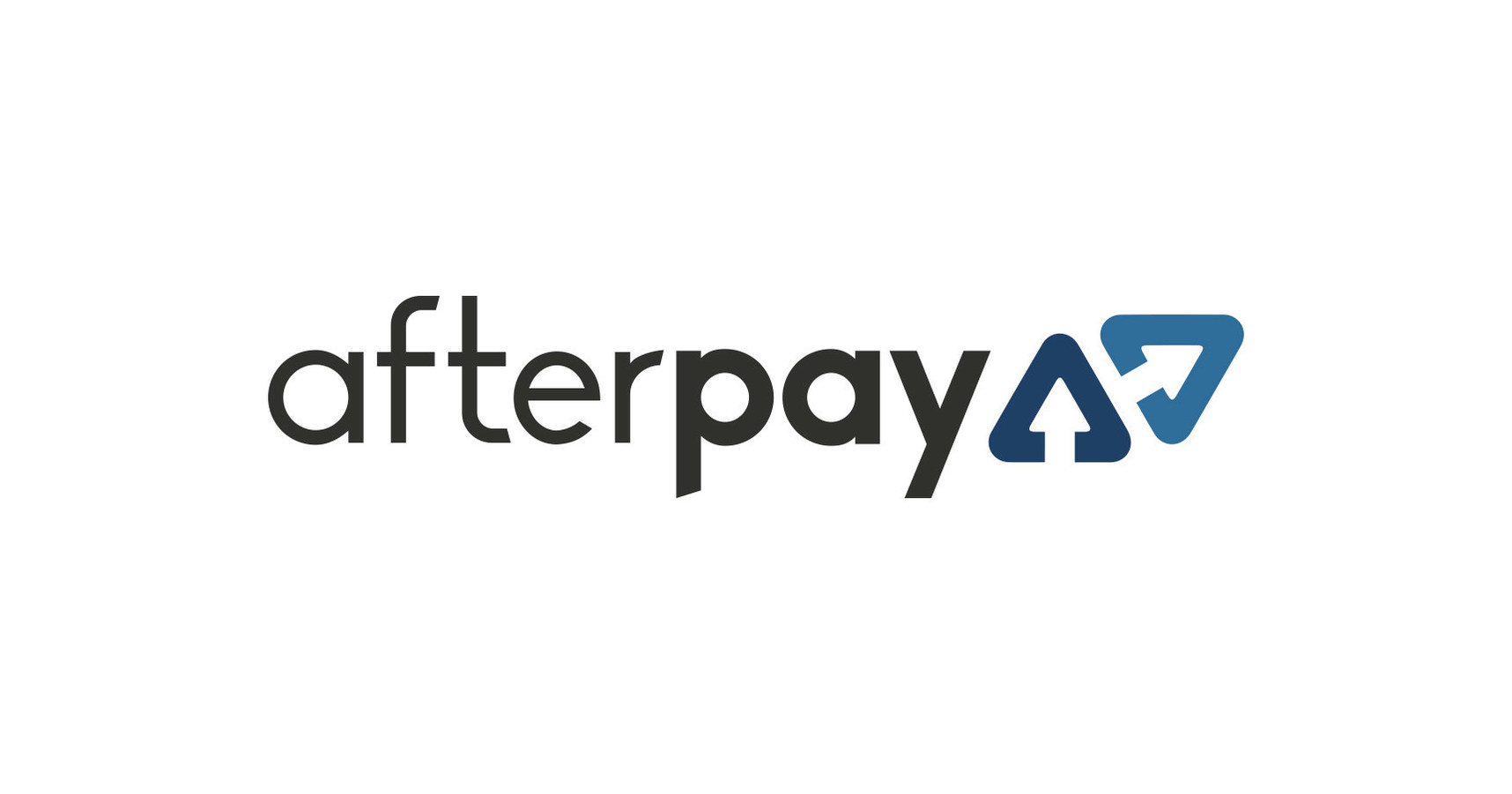Afterpay Touch Looking to pack their bags

Afterpay touch released its 3Q21 business update to the market. Group sales of A$5.2bn were up ~100% on pcp (down 9% sequentially), while group customers and merchants were both up ~75% on pcp (+11%-15% on 2Q21 respectively). Management noted that group margins remain firm and loss rates remain below historical levels.
APT will begin to explore the possibility of a US listing (with the North America division now the largest contributor to the group). We lower our FY21F/FY22F EPS forecasts by 7%-8% on slightly lower sales growth assumptions. Our price target falls to ~A$121. APT is a quality business, in our view, but we retain our Hold recommendation on valuation grounds. Update summary Afterpay (APT) has released its 3Q21 update to the market.
Group sales of A$5.2bn were up 100% on pcp (+123% on a constant currency basis), but down 9% on the seasonally stronger 2Q21 (A$5.7bn). Group merchants (~86k) and customers (14.6m) were both up ~75% on pcp and 11%-15% sequentially on 2Q21.
Overall business momentum remains relatively robust with revenue margins and loss rates remaining stable. The good
1) North America (NA) sales were up 167% on pcp (+211% on a constant currency basis) to A$2.6bn and flat on 2Q21. NA merchant growth was strong up 30% sequentially to >23k and broadly in line with the 2Q21 growth rate (+29%);
2) NA in-store momentum appears to be accelerating with March sales annualised implying a run rate over ~A$225m (vs A$180m in 1H21);
3) NA is now the largest contributor to group sales (based on 3Q21) highlighting the prodigious growth opportunity in that market;
4) revenue margins remained firm in 3Q21 and in line with 1H21, whilst gross loss rates remained below historical levels;
5) APT recently launched a partnership with global payments platform Adyen, meaning merchants across all regions (NA, UK and ANZ) can now offer Afterpay to their customers; and; 6) Customer transaction frequency continues to increase across all regions, with the top 10% of customers globally (by value) now transacting 33x a year.
Things to keep an eye on – including potential US listing 1) Sales momentum slowed on the seasonally stronger 2Q21, with sales flat in the US and UK and down 19% in ANZ;
2) APT has launched in Spain, France and Italy during 3Q21, with Clearpay on track to launch in Germany in 1H22;
3) APT is exploring a US listing, given the NA division is the largest contributor to the group; and
4) APT Money is expected to launch in 1H22 with testing underway on deposit and savings accounts. Changes to forecasts and investment view We lower our FY21F/FY22F EPS forecasts by 7%-8% on slightly lower sales growth assumptions.
Our DCF-based price target falls to ~A$121. APT is a quality business, in our view, but we retain our Hold recommendation on valuation grounds.
Company description Afterpay is an operating platform that allows retail merchants to offer end customers the ability to purchase products on a ‘buy now, pay later basis’.
Afterpay’s service is omni-channel, integrating with the merchant’s website for on-line transactions and through the merchant POS for in-store sales.
Customers are charged no upfront fees or interest on purchases. Afterpay settles with the merchant up-front (less Afterpay’s commission) and then assumes all end customer payment collection responsibilities – including bad debt risk. Afterpay will then retrieve funds owed by the customer in four equal instalments.
Aside from its established Australia and New Zealand operations, Afterpay is currently building out a presence in both the US and UK.
Changes to forecasts and investment view We lower our FY21F/FY22F EPS forecasts by 7%-8% on slightly lower sales growth assumptions. Our price target falls to ~A$121. APT is a quality business, in our view, but we retain our Hold recommendation on valuation grounds.
Downside risks to our APT HOLD call are:
1) slowing sales momentum;
2) competition affecting margins;
3) inability to execute on the overseas expansion;
4) bad debt risks;
5) higher funding costs; and
6) further regulatory/compliance costs. Upside risks are largely the opposite.
– By CIMB Bank Research

